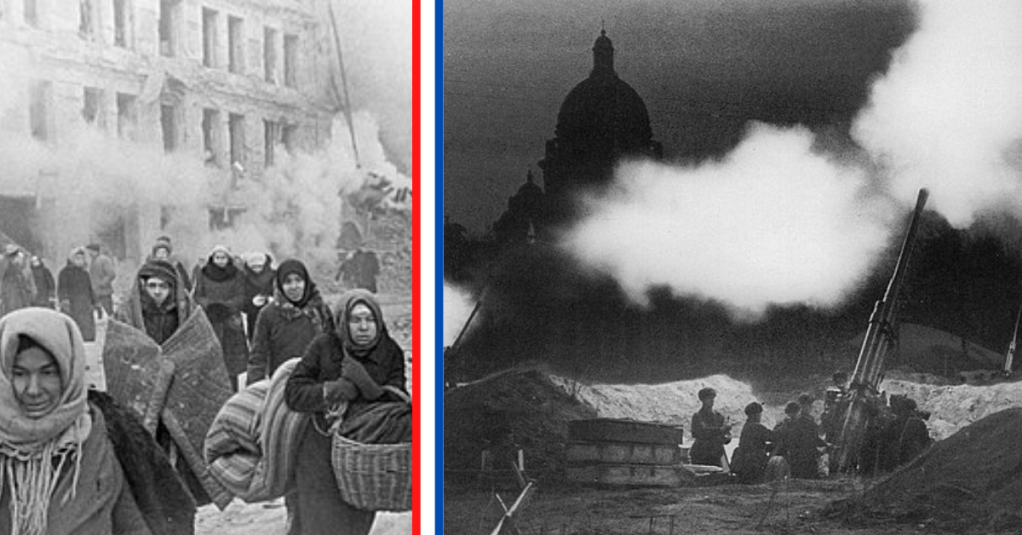It’s believed that once a human loses one of their senses, their remaining senses are heightened to make up for the loss. That was the thinking behind the use of blind Russians in the defense of Leningrad during World War II. The city was encircled and under siege for nearly three years, and any advantage the Russians could get in its defense would be critical to success.
Blind Russian citizens were enlisted to listen for approaching German bombers for the duration of the entire siege. They became so adept at listening for the engines of the Luftwaffe, they could not only give early warning and detect the range and direction of the attacks, they could sometimes identify the models of the planes and how many were coming.
Operation Barbarossa, the Nazi invasion of the Soviet Union, began in June 1941 and Hitler’s war machine made a lot of stunning early gains. By September 1941, the Wehrmacht had reached Leningrad (today Saint Petersburg), the Soviet Union’s cultural center. The Germans managed to cut the city off from the rest of the world by land, and would attempt to starve the city into capitulation for the next 872 days.
The first step of the Siege of Leningrad was a relentless bombing campaign by the German air forces, so the natural first step for the city’s citizens and Red Army defenders was anti-air operations. All of its available resources were thrown into this defense effort, including the city’s unsighted citizens, which was a first for the Russian military. No one had thought to enlist the blind before.
Along with radar systems (which were limited at the time), the Russians used sound-detecting equipment to literally listen for the approach of enemy aircraft. These sound detectors used a number of tubes and microphones of various sizes to help so-called “eavesdroppers” listen for the telltale sounds of aircraft.

When the eavesdroppers began to hear the signature hum and drones of oncoming aircraft, they would first ensure that they grew to a uniform intensity. Then, they would alert the city’s air defenses, who began to light up the sky with searchlights and ready anti-aircraft guns. They found that sighted eavesdroppers weren’t so good at their jobs. The early days of the siege were devastating for the city.
So the city’s defense command began enlisting the blind to serve as eavesdroppers. The risk – a considerable one – paid off. The blind were much better than their counterparts with vision at detecting the incoming enemy planes.
In 1942, there were 300 blind people living in Leningrad, and most performed some kind of job function. They either worked on assembly lines or performed morale-boosting shows to those who could see. Those who were enlisted as eavesdroppers had to pass a rigorous physical examination and pass tests. Twelve of these were sent to the anti-aircraft guns, taking special training courses to learn the differences between planes and to hear over the din of siege warfare.
Their shifts lasted hours and required continuous work of a handful of crewmembers to operate the listening devices. Not only did they need to be able to move around for hours, their equipment also gave them headaches and stiff necks. Most of the eavesdroppers would outlast the siege, and after the war, they were presented for a wide range of awards for thanks in defending the city from German capture.

